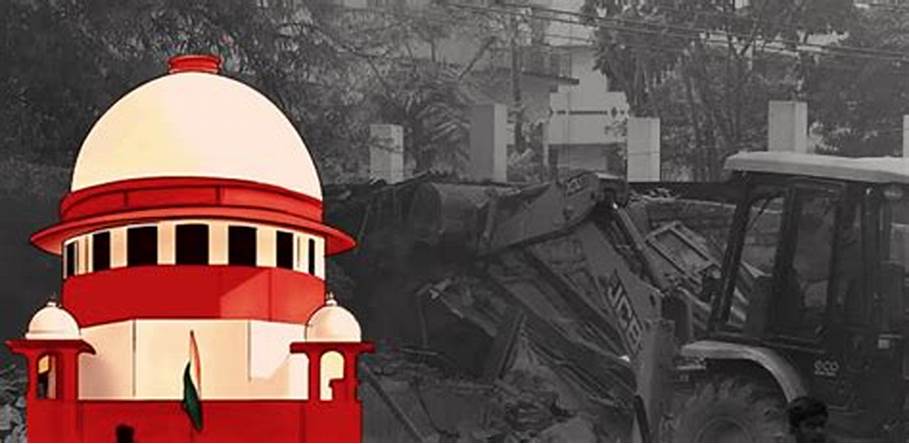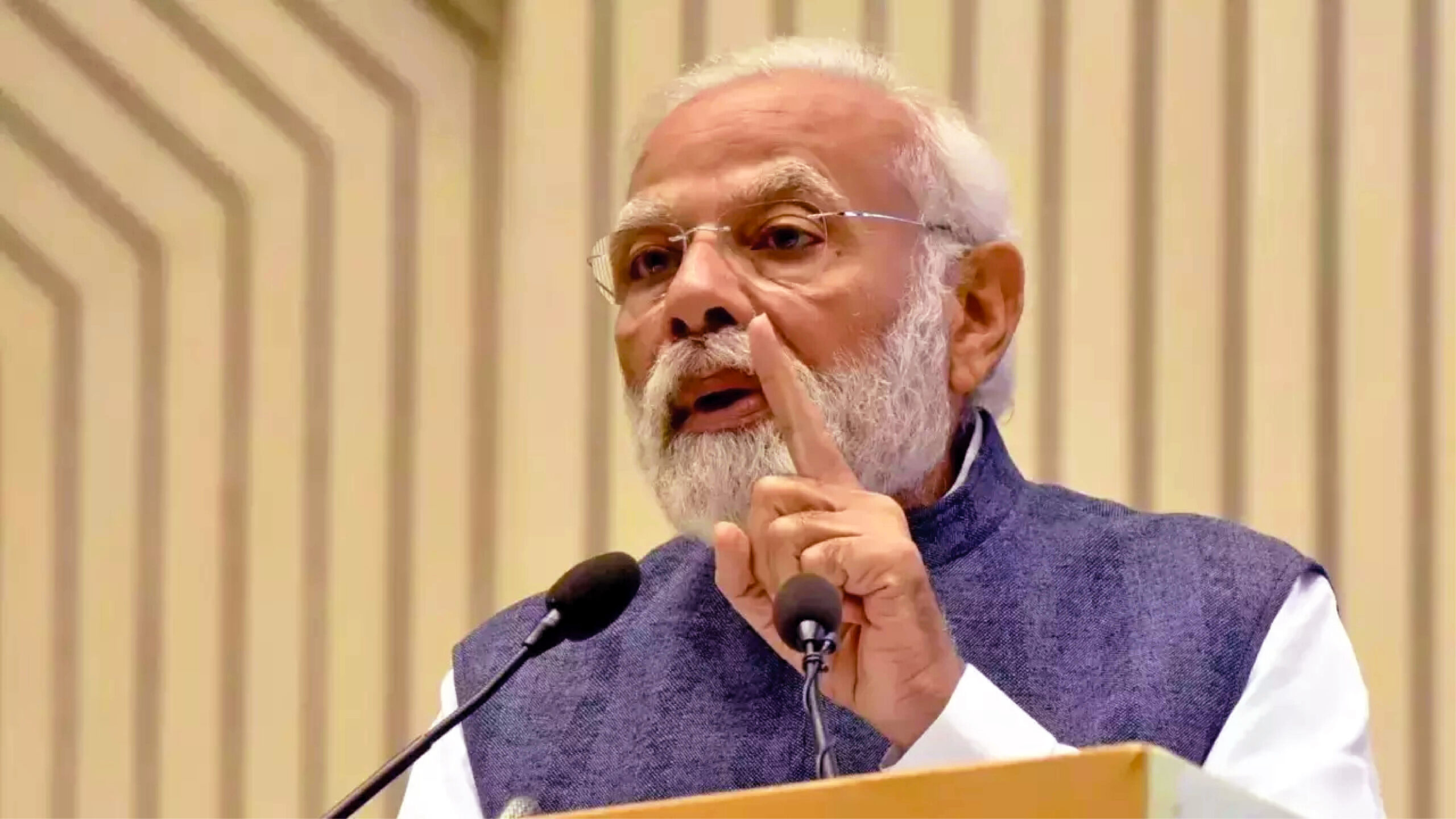
There is a perceptible difference between a state party and a national party. When a state party loses power in the state, it is almost half dead until it regains power. If that state party wins sizable seats in their state in parliament elections, it regains its momentum. If it manages to become part of central dispensation, the momentum increases irrespective of whether they are in power in their respective states or not.
But in the case of the national party, the downtime is very short, given India’s assembly election schedule, which runs all the years. Given there are 28 states in India, even if a national party manages to win one state assembly election per year, it will survive, and it harbours faith in the redemption of a party to govern more states and centre at some point in time. This is what has been precisely happening for Congress in the last nine and a half years. In the recent past, Congress has survived with two wins, the slender first in Himachal Pradesh in 2022 and then the solid second in Karnataka in 2023. With the victory in Telangana now, the party has survived despite three defeats in major states and getting wiped out in Mizoram. This comfort has not been there for state parties, as once they get defeated in three consecutive state assemblies and three general elections spanning over fifteen years, the state parties find it difficult to survive. BSP is a recent example of this.
Winning elections is always about gaining incremental vote share compared to the opposition party (like in a running race). Take the case of the Gujarat assembly elections. The BJP and Congress are the only two dominant parties in Gujarat. However, the BJP won seven assembly elections in 1995, 1998, 2002, 2007, 2012, 2017, and 2022 without a break. Does it mean that Congress was completely decimated? No. Except for the 2022 assembly elections, Congress has been gaining about 40% of the vote in every election, and the BJP got only between 8% and 10% more votes in all these elections except 2022. Due to the presence of AAP, the vote-share gap between the BJP and Congress widened to 25%. The truth of the matter is that Congress is not decimated in Gujarat as many claim but could not cross the BJP in terms of vote share, hence seats won. In the first-the-past system, at the macro level, the first may get the opportunity to rule, the second may get opposition status, and the third may end up with few or nil seats. But at the constituency level, the party that gets the second position does not get the seat, whatever the margin difference is. This is what happened to Congress in the 2014 and 2019 general elections. In the 2014 general elections, in the direct fight between Congress and the BJP in 189 constituencies, the BJP won 166 seats with a strike rate of 88%. In the 2019 general elections, in the direct fight between Congress and the BJP in 192 constituencies, the BJP won 176 seats with a strike rate of 92%. The BJP has taken more than the lion’s share in the direct fight with Congress.
Sporadic wins keep the Congress party surviving, but it has not made Congress a dominant political party for about nine years now. For a national political party, surviving for a long period with sporadic victories gives false hope that they will reach the prime position at some point in time. It cannot comprehend and internalise the fact that survival with sporadic victories is altogether different from reaching the numero uno position at the national level. This should have been the cause of real concern for Congress.
The author is a Public Policy Analyst.















